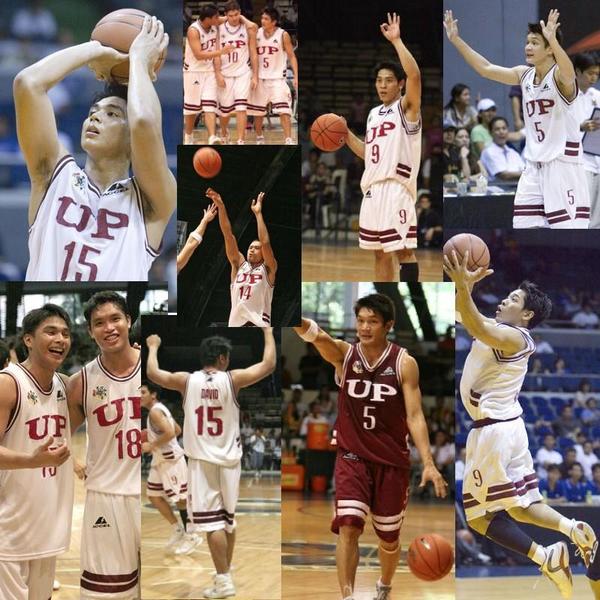
by Dana Crisostomo

Aggressive blobs of color have been known to represent the University of the Philippines (UP) in the University Athletic Association of the Philippine’s basketball games, and for the last two decades have failed. But the term does not only apply to the university’s ballers—it speaks as well to the spirit of activism present in UP since its early years. The color Maroon, according to Manila Bulletin, was chosen “to represent the fight for freedom,” honoring the Jamaican tribe that resisted English colonization for more than a hundred years.
In the same manner, throughout its 100 years the “Iskolars ng Bayan” have risen up to defend the freedom of the people, from their own rights in the university against tuition fees, to national issues like the ousting of a dictator, and even to protest against neocolonial bills enacted by the United States.
History
The official website of UP purports that the student protest movement was stirred on Dec. 15, 1917, when UP instructor and Committee on the University Day celebration member was arrested by the police in Manila. A year after, Manuel Burgos of the Manila times called the first Filipino UP President Ignacio Villamor (1915-1920) incompetent, inciting Carlos P. Romulo and Jose Romero to lead the first student protest march.
The Philippine Collegian (Collegian), official student publication of UP Diliman, wrote that the National Civil League was formed in 1925 and became one of the first activist organizations in UP. Eight years after, former Collegian editor-in-chief Wenceslao Vinzons founded the Young Philippines Party which addressed issues like labor reform. Jan. 18 of that same year, the students protested the passing of the Hare-Hawes-Cutting Act, which maintained the US military and naval bases long after Philippine independence.
An alleged fight with Pres. Elpidio Quirino led to the resignation of UP Pres. Bienvenido M. Gonzales on March 20, 1951. Nine days after, UP students marched from Diliman to Malacañang to petition Quirino to reconsider the resignation. While the audience was granted, they failed in their protest.

UP students were more successful in the 1960s to the 1970s, when students became increasingly politicized under the presence of Martial Law. While Jose Marie Sison, founder of the Communist Party of the Philippines, said “there was mass apathy among the students,” he nevertheless alerted youth to issues in the corrupt system, like the tuition increase and the Vietnam war. Prof. Luis Teodoro, Sison’s friend and fellow student activist, said the discourse that followed was never tame, with students like Sison wanting to dismantle the “hegemonic order” of the “semicolonial and semi-feudal society,” versus the prevailing intellectual atmosphere in UP which Sison said reflected mainly dominant ideology, anti-communist and conservative liberal.
In 1957, from Dec. 16 to 17, the UP students held a motorcade around Quezon City protesting their lack of a president. Despite having no permit, they were allowed to hold their “peaceful and spontaneous” strike.
In 1959, Sison and his friends organized another activist student organization, the Student Cultural Association of the UP (SCAUP), which aimed to spark campus debate over ideologies, to continue the unfinished national democratic revolution in 1896, and to study and practice Marxism and Leninism in the context of the history of the country.
Continue reading
Jump to next article on Fraternity Deaths in UP
Back to UP at 100 section
|











